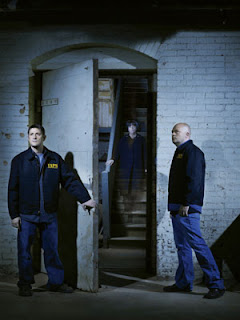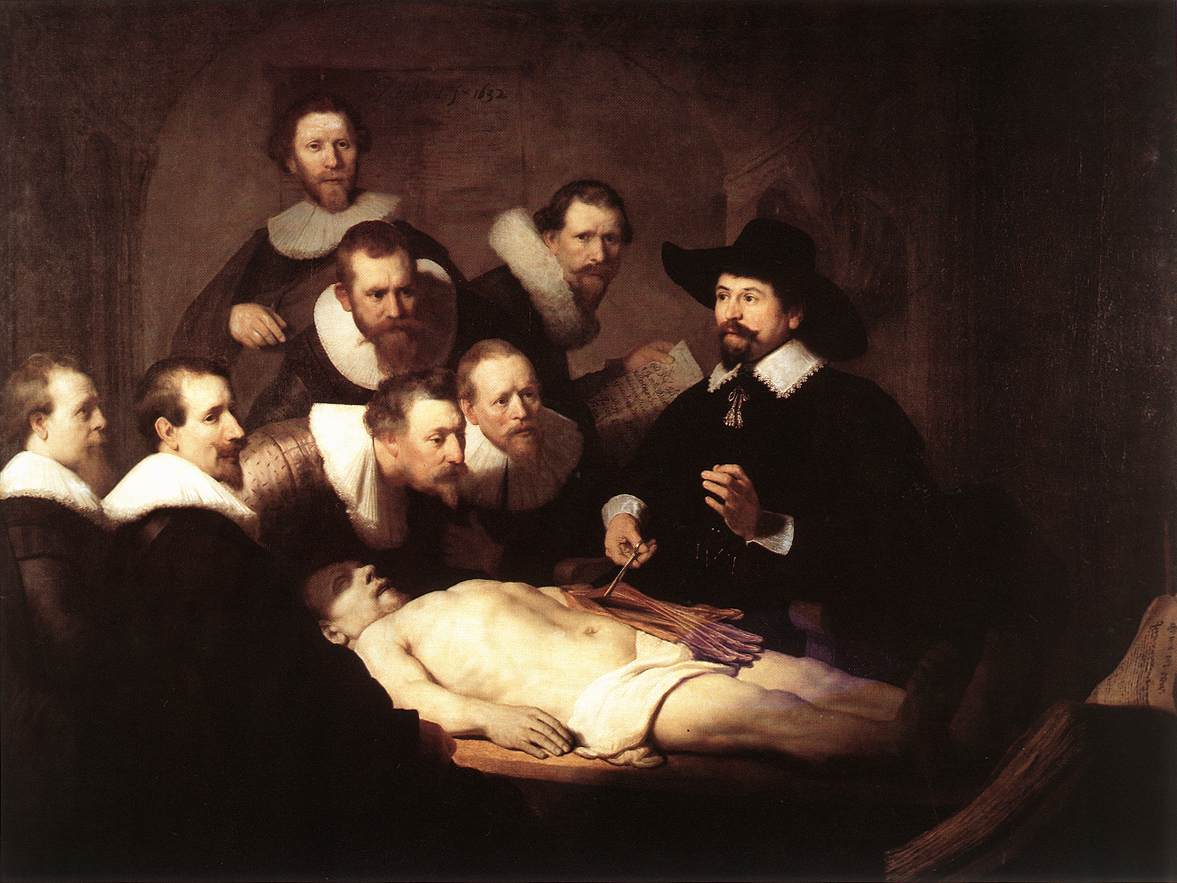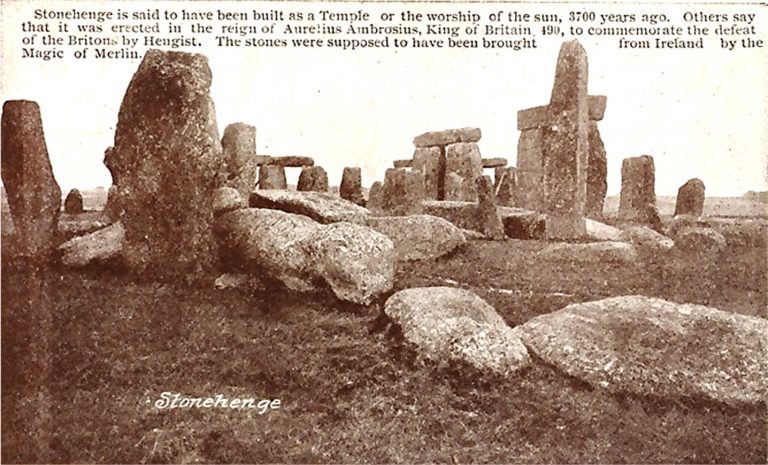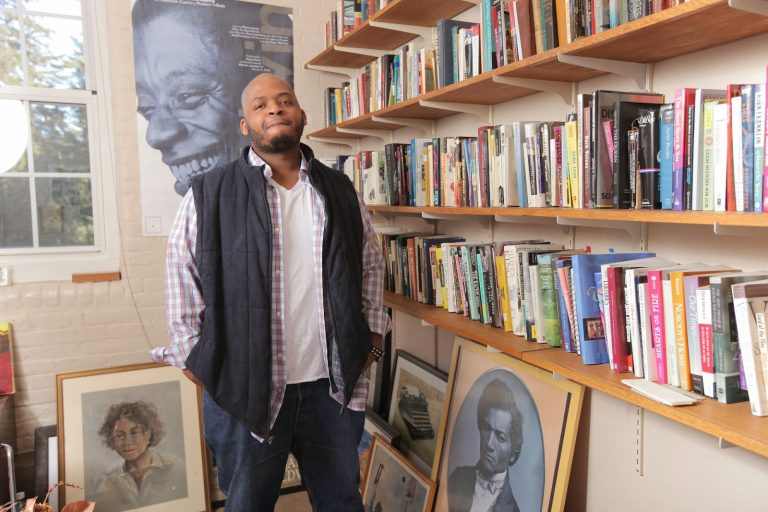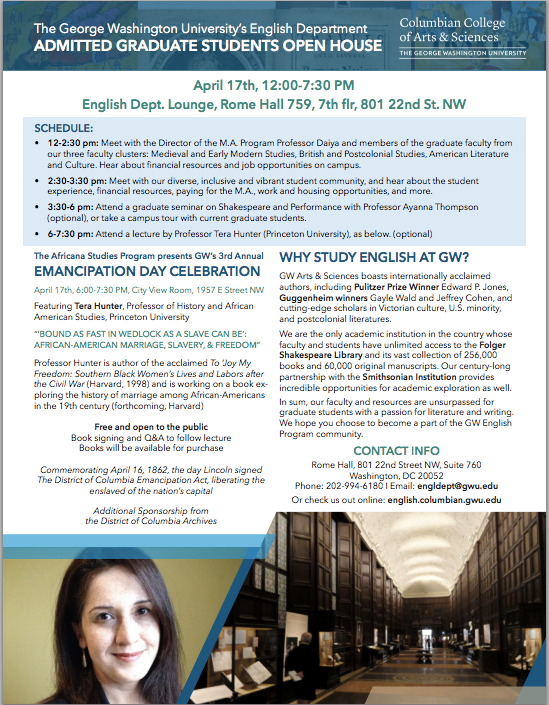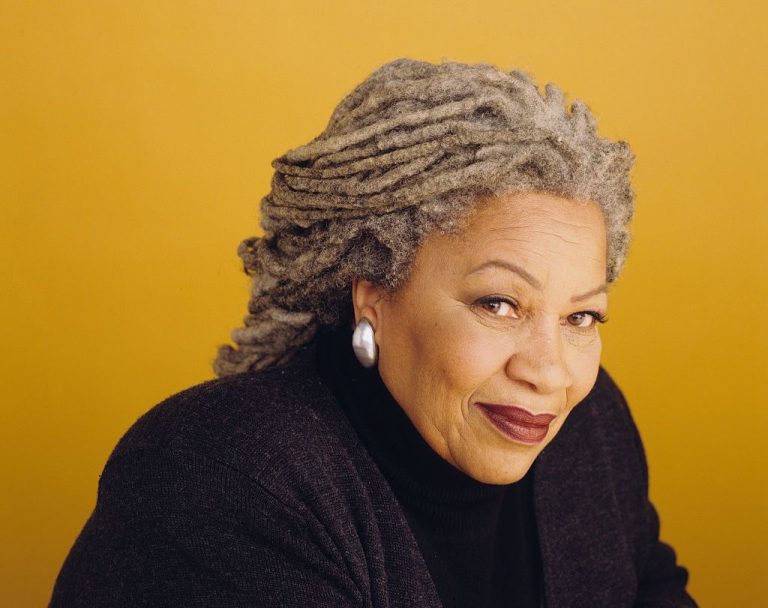The Symposium will be held on February 15th in Rome 771 and will start at 9 am and end at 5:30 pm!
Here’s a sneak peek at some of the panels!
Attitudes, Affects, & Alliances in Scholarship: A Round-Table
with M. Bychowski, Patrick Henry, Sukshma Verdere, Tawnya Ravy, Leigha McReynolds
Dissecting the Gaze: Corporeality, Spectacle, and Performance in the Theater
In “Bodies Unseen: The Early Modern Anatomical Theatre and the Danse Macabre of Theatrical ‘Looking,’” Natalie Alvarez theorizes practices of display and gazing in relation to Early Modern anatomical theaters, which turned postmortem examinations and dissections into a spectator sport. These anatomical theaters mirrored other theaters in many ways, even going so far as to include refreshments. In these spaces, the fictional or performative and the “real” collapsed: all bodies became recipients of a spectatorial gaze, and were exposed and displayed for the sake of entertainment. Alvarez attempts to “consider the body on display in the anatomical theatre as an opportunity to investigate potential models of theatrical reception in the onlooker’s encounter with the body. The concentrated atmosphere of the anatomical theatre with the insentient body occupying centre stage is organized around an invitation to look.” Alvarez’s argument highlights that there is not a “static relationship between the viewer and the body,” regardless of the fact that corpses in anatomical theaters are relegated to one location. However, her work focuses entirely on human corpses in anatomical theaters. What happens when bodies as subjects of the spectatorial gaze refuse to remain at a safe distance, or even to remain still and/or dead, as in many Early Modern theatrical performances?
Dissection, representation, and spectacle, as well as the spectatorial gaze, appear in many plays and other non-theatrical spaces. Alvarez references art which attempts to represent these anatomical theatrical “performances,” such as Rembrandt’s The Anatomy Lesson (1632).
She turns her own spectatorial gaze on “how the onlooker’s experience of the body on display is shaped by the dynamic of its encodings in representation.” This panel explores just such issues of embodiment and dissection through the lens of disability studies. Some questions this panel hopes to explore are: How might this long-standing tradition of displaying non-normate or fragmented bodies (whether human corpses, human actors, or stage props) give us insight into theoretical discourses about disability, performance, aesthetics, and spectacle? How do modern prosthetics or donated organs factor into this discussion? How might questions of dissection and spectacle be applied to Postcolonial literature and race, perhaps in relation to stereotyping? What’s the relationship between the viewers, the “performers” (bodies or prosthetic wearers), and the parts or prosthetics themselves? How do parts or prosthetics, or representations of them, resist or subvert the spectatorial gaze?
Alvarez, Natalie. “Bodies Unseen: The Early Modern Anatomical Theatre and the Danse Macabre of Theatrical “Looking”” Janus Head (n.d.): 35-49. Web. <http://www.janushead.org/Alvarez.pdf>.
Spectral Encounters
“75% of Americans believe that there are events that take place that cannot be explained. Over half of these people believe they have experienced paranormal events themselves. The identity of some of these people may surprise you.” These words slowly fade in and out like a misty message as an eerie soundtrack plays at the beginning of each episode of Celebrity Ghost Stories, an hour-long weekly show on the bio channel in which celebrities share their personal haunted experiences. Some are disturbing while others are rather sweet, though the aesthetic of the show never varies much – crackly recordings, old photos, images that skip across the screen in sepia tones. Celebrities are not the only ones telling their ghost stories to reality TV audiences. In an episode of My Ghost Story, another show on the bio channel, a man looks into the camera and explains in detail how he first became aware that the ghost of a past owner haunts the hotel he has recently purchased. A glass slid off of the counter. A distinct perfume wafted from an unseen source. The radio unexpectedly switched stations.
This panel seeks to explore the fuzzifying effect of spectral encounters – the sensory and agentive blurring that happens when a cup seems to tip of its own accord or a sound rings from a bell, unrung.
Exploration and Enlargement Make the World Smaller:
On the Prospects of Transnational Encounter
Besides functioning on a temporal plane of signification the “post” in “postcolonial” is invigorating in its enquiries into substitute/alternative ways of narration, historicization and governance that critique, contest and better, imposed colonial systems of the same. In thinking through these alternative discourses, postcolonial texts – theory, fiction and non-fiction, prose and poetry, films, music and online archives – have continually set into motion brilliant conversations amongst resistive and restructuring imaginaries at sites as different and complex as Africa, South Asia, the South East, the Middle East and even South America. Thus, postcolonial theory readers have the essential Said, Bhabha, Appiah, Mohanty, Hall and Suleri texts towards developing a useful postcolonial critical lens, Cherian Dabis’ Amreeka about the trials and travails of a post-9/11 Arab family in IIlionois recalls those of the Takahashi family in 1942 (“Family 8108” – Cold Case Season 11) in Japanese-American internment camps and Palestinian and Arab-American bands take up the cause of Palestinian self-determination while setting their lyrics to the rhythms of African-American hip hop.
This panel explores a “worlding” of postcolonial discourse as processes of globalization continue to forge uneasy links across the world that affect and inflect not only local, national and international politics and economics but also war and non-war, lifestyles, cultures and countercultures, patterns of exploitation and displacements of marginalized populations. What do such discursive networks of the postcolonial hope to achieve? Do they enable more useful and evolving resistance to imperialist hegemonies as they are instituted, resisted and transformed? What might be the possible oversights and downfalls of such a critical lens? Looking forward to engaging in these and more conversations at sites of the intertextual, cross-thematic, trans-spatial, trans-temporal and trans-linguistic in diverse postcolonial texts and in different media, this panel hopes to approach, in effect, an ethics of the postcolonial in a contemporary world of the global.
Nationalism, or Specters of Identity
In Necro Citizenship: Death, Eroticism, and the Public Sphere in the Nineteenth-Century United States, Russ Castronovo states: “As both corporeal fact and political metaphor, death produces bodies whose materiality disturbs the impersonality of citizenship, but whose remove from sociopolitical life also idealizes the unhistorical and abstract nature of state identity. Death, then, structures political life in terms of aversion as well as desire” (1). This panel will explore the ways in which the social formations of national identity is erased from our narrative of citizenship and belonging, in favor of a particular peoples “natural” claims to the nation. Those who do not fit within these national identities cannot gain access to this narrative and are thus pushed outside of it–Others are created and conceived within the national discourse (to which they don’t have access) as outside of national progression. These Others are racialized, innately and biologically made different to corporeally display difference; a difference that concentrated on the body is neither acknowledged or erased from national discourse.
This panel surveys those outside of this progression, in a phenomenon that Hortense Spiller crystallizes as the ways in which the ethnicized subject “freezes in meaning, takes on constancy, assumes the look and the affects of the Eternal.” We engage with the specters of nation that are simultaneously essential and impossible to the idea of nation, to explore what is lost when a national identity is formed at the expense of alternative populations and identities. In this panel, we explore the following questions: How is a communal national history created through the formation of racialized identities? How are history and nation always already marked by death and racial difference? How are racialized identities of a specific place and time, and yet eternal? How does silence, erasure, death and abjection reappear and haunt the present, invoking the impossibility of erasure and death? In what ways do these racialized identities display themselves in physical manifestations of pain and sufferings? How do these ghosts of race emerge in political, social, and cultural aspects of the nation?

